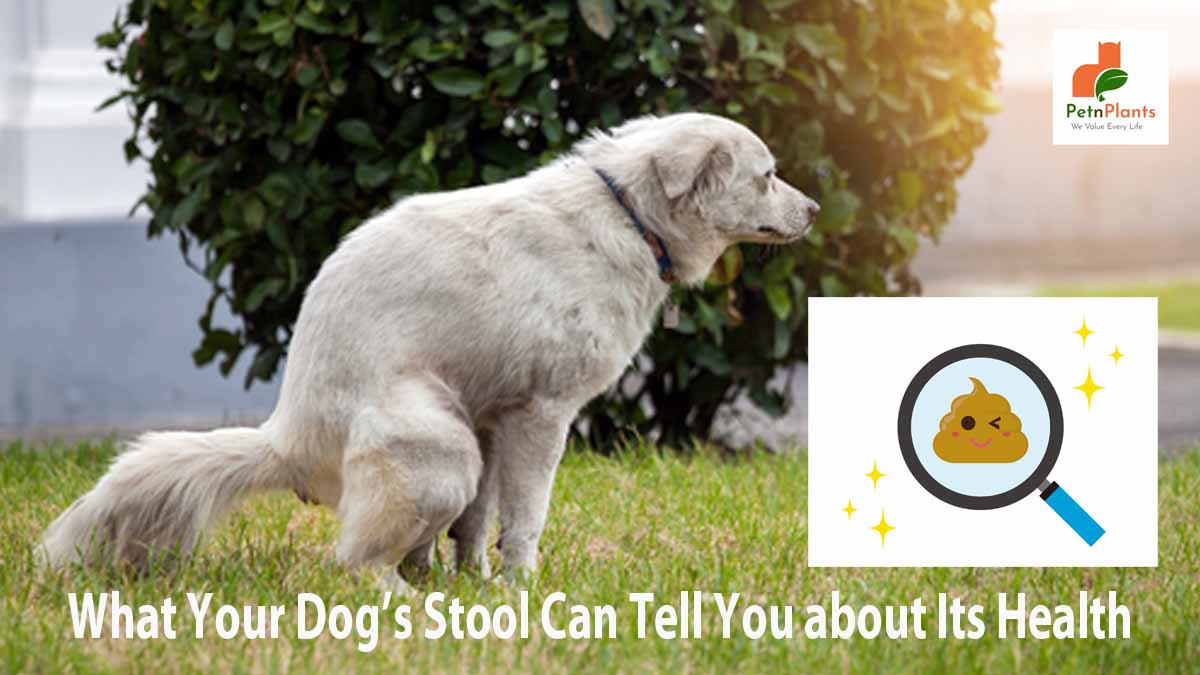How To
Latest
Pet Care
How to Groom Your Dog at Home with the Right Dog Grooming KitMarch 19, 2025
We Value Every Life

What we will discuss here may not appeal to all, but it is undoubtedly one of the issues that most of us overlook. And if you are a pet lover, rather a dog lover, this bit of information must be known to you as well. The topic that is being dealt with is that of dog stool, and let us also find out more about blood in dog poop.
It is worth mentioning here that there is no umbrella poop type for all dog breeds or pets. For instance, if your dog has a habit of passing soft stools and suddenly, you find that it is passing hard poop, this indicates that all is not well. Alternatively, if your dog passes hard stool or normal stool but is of late passing different than the usual, it is a cause of concern as well.
Remember, it is not just about the color of the stool, or whether it is soft or hard, it is also about the frequency. The number of times the dog needs to relieve itself and likewise. Let us find out more about the dog stool under the following sub heads-
The normal stool color of your dog must be consistent brown under normal conditions. But if there is any variation in the brown shade, do not worry; it must be brown to confirm that all is well.
Any color change of the poop that there has been a change in the diet, or it has eaten something that it could not digest, or there might be some problem with the intestine. Trouble in the other parts of the intestine is also possible, like the liver, pancreas, or other organs.
If you notice blood in dog stool or mucus in dog poop, it warrants a visit to the veterinary without delay. It is also seen that if there is mucus present in the dog poop, the appearance will be dog blood in stool jelly-like.
The lower intestinal tract of the dogs has glands that produce jelly-like slime that is clear and helps lubricate the colon so that the stool can pass easily. Sometimes, you will see dog stool coated with mucus. This might happen occasionally, and it is normal and is generally an issue that will resolve on its own. However, sometimes having mucus dog poop is normal but if it becomes regular, talk to your vet.
Without further delay, call your pet’s veterinarian and fix an appointment promptly. You cannot afford to waste any time.
The red dog stool means that there is blood in the dog’s stool. And what does that mean? If you have given the dog beetroot, the stool is likely to be red. Without having given beetroot, if the poop is red, it indicates there is blood.
There are variations in the red color as well. If the color of the blood is bright red and normal looking, the bleeding must have taken place in the large intestine. It might also be from the anus and can be anal blood from the anal glands. This kind of bleeding is due to worm infestation, a tumor in the large intestine, the presence of a foreign body like something getting stuck in the large intestine, inflammation of the linings of the intestine, trauma, or there might be various other underlying conditions if you see red blood in puppy stool.
This condition may be due to so-called “rapid bowel transit,” in which a gut moves too fast. As such, the normal bile pigments do not get the opportunity to get reabsorbed from the gut. If the dog has been eating much grass or a few dental treats like Greenies or OraVet, the same can impart a green color to the stool.
You might come across so-called rodenticides that are greenish and blue; when consumed, it renders a green color to the dog stool.
Whether the consistency of the stool is tarry or liquid, or semi-solid, black poop in a dog indicates that there has been bleeding in the small intestine or the stomach. The color is black because it has already been digested.
Black stool is usually called melena. It can mean exposure to toxins or a foreign body, and it can also mean pancreatitis or kidney failure; as such, melena can occur due to varied reasons.
As per Dr. Spangler, a few other common causes of dog black stool are cancer, parasites, viral and bacterial pathogens.
Excessive straining while passing stool is a cause of concern. Keep an eye on the same. Similarly, excessive loose stools must be investigated as well. Some of the possible causes for excessive straining can be the following reasons-
Remember, your dog stool must not be too soft or too hard. Keep an eye on the type of stool whenever the dog is showing any accompanied behavioral changes while defecating.
0